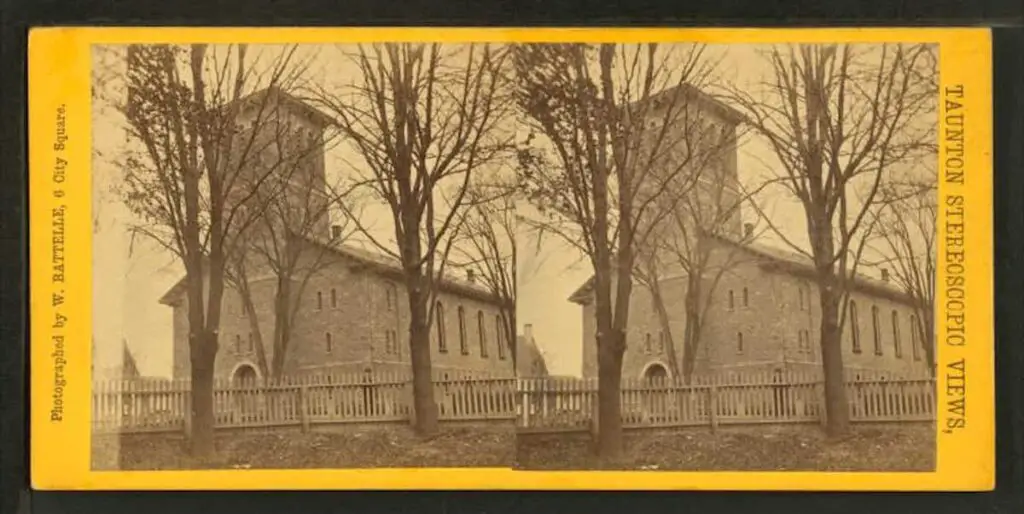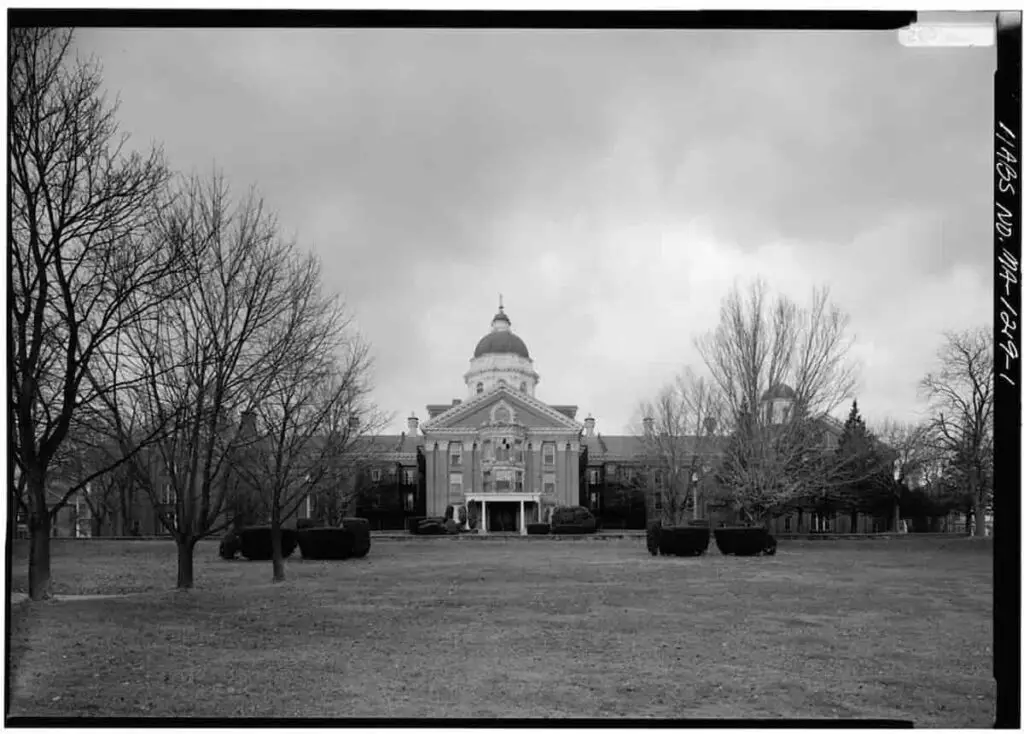Glimpse history through old images of Taunton, Massachusetts, in the USA.
Old Photos of Taunton MA















Old Pictures of Taunton MA


Taunton and the American Revolution
Taunton’s history is intertwined with the broader story of colonial America, marked by both opportunities for trade and economic growth, as well as the increasing resistance against British taxation and control.
Taunton’s modern foundation dates back to 1639, when English colonists established themselves where there had been a Native American comunity called Cohannet.
As Taunton and the other colonies flourished, trading with England became a primary source of livelihood for many colonists. However, England found itself in debt and eyed the prosperous colonies as a potential solution to their financial crisis. In an attempt to generate revenue, England imposed taxes on the colonies.
In 1764, the Sugar Act was passed, and the following year, in 1765, the Stamp Act was enacted. These measures further strained the relationship between England and the colonists, leading to growing dissent and protests against the new rules.
In response to the mounting tensions, England dispatched British troops to occupy Boston, which only fueled the people’s resistance.
Colonial communities now divided into two camps.
- On one side, there were the loyalists, often referred to as the Tories, who staunchly supported The King and were opposed to the idea of independence.
- On the other side were the Patriots, also known as The Sons of Liberty, who strongly opposed the King’s rule and fervently sought independence for the American colonies.
Throughout Taunton’s history, these two factions epitomized the deep divisions that characterized the American Revolutionary era, shaping the destiny of the nation and its pursuit of independence.
During the autumn of 1774, colonial leaders convened in Philadelphia and made a solemn commitment to stand united in supporting the colonists should they be compelled to defend themselves against any use of force by Great Britain.
Upon receiving the inspiring news of widespread support from colonies, the local patriots of Taunton took action on October 21st, 1774.
They gathered on Taunton Green and erected a Liberty pole, symbolizing their unwavering dedication to liberty and freedom.
To further showcase their resolve, they hoisted a flag on which they had skillfully stitched the powerful words “Liberty” and “Union,” demonstrating their determination to remain united in the pursuit of their shared cause.
They also attached the following declaration to the flag pole:
Crescit Amor Patriae Libertatisque Cupido
(Increase of Love of Country and Desire for Liberty)
Be it known to the present
And to all the Future generations
That the sons of liberty
In Taunton
Fired with zeal for the preservation of
Their rights as men and as
American Englishman
and prompted by a just resentment of
the wrongs and injuries offered to the
English colonies in general and to
this province in particular
Through the unjust claims of
a British Parliament and the
Machiavellian policy of a British ministry
have erected this monument or Liberty standard
as a testimony of their fixed resolution
to preserve sacred and inviolate
their Birth Rights and Charter Rights
and to resist, even unto blood
all attempts for their subversion or abridgement
born to be free we spurn the knaves who dare
for us the chains of slavery to prepare.
Steadfast, in freedom’s cause, we’ll live and die,
Unawed by Statesmen; foes to tyranny
but if oppression brings us to our graves
and marks as dead, she ne’er shall mark us slaves.
These events were reported in the Boston Evening Post on October 21, 1774. It was time the American press recorded an organised act of rebellion against the Crown.
Two years later, the colonialists declared independence. Seven years later, the American Revolution finally ended, leaving an estimated 6,800 dead and a further six thousand injured from battle injuries. Disease, especially amongst the prisoners of war, killed another 17,000 or so.
Among the well-known loyalists in Taunton was Daniel Leonard, who resided on Taunton Green. However, due to the hostility of the Patriots, he was compelled to escape, finding refuge first in Nova Scotia and eventually settling in Bermuda.
Taunton’s most prominent patriot was Robert Treat Paine, who also lived on Taunton Green. Paine’s dedication to the cause led him to become a delegate to the Continental Congress, where he proudly stood among the 56 signers of the Declaration of Independence.
A Brief History of Taunton in the American Revolution – Old Colony History Museum







